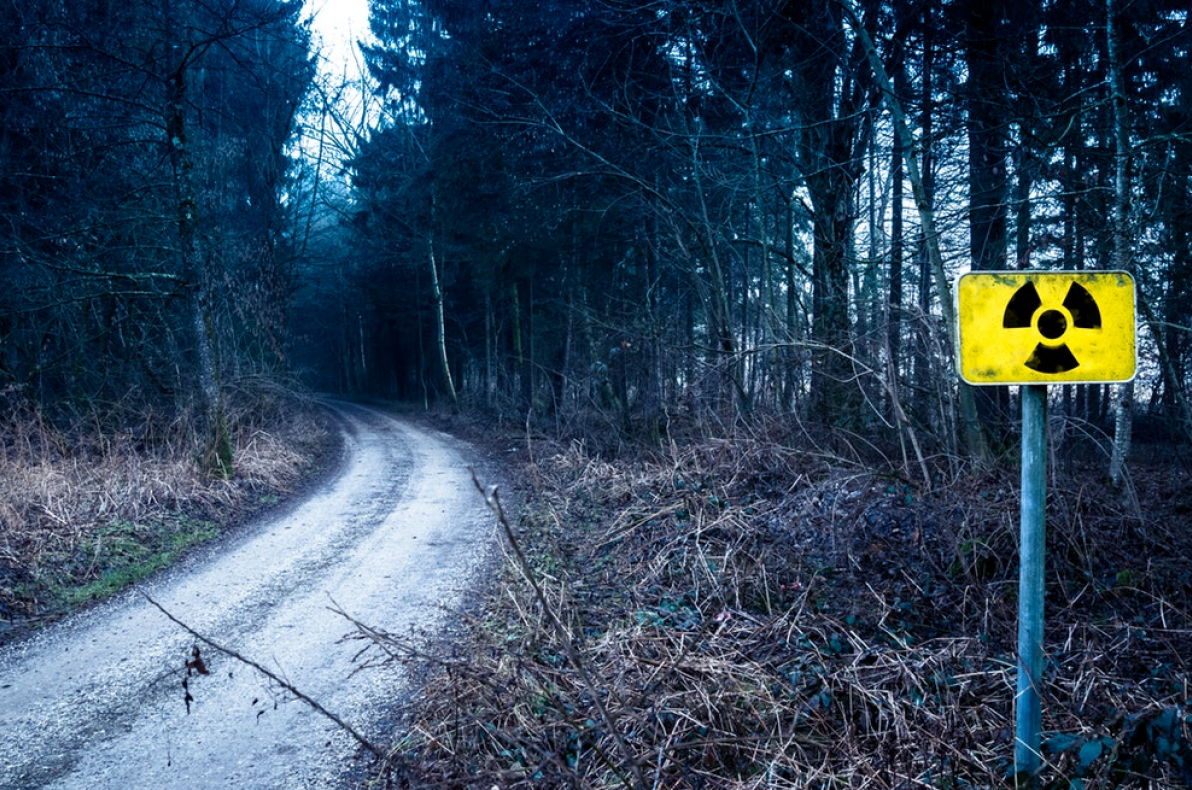Biological Cleanup Can Go Smoothly

Restoration firms are in the unique position to help people and organizations when they are desperate, looking for answers and, sometimes, in deep trouble. Dave Schultz, environmental services manager at Wisconsin’s Kelmann Restoration, says, “To be able to put the incredible resources of my company to use, and help my clients solve their challenges, is very rewarding. It’s really an awesome way to make a living.”
Restoration firms have the tools and the staff necessary to clean up after disasters strike, but they also can provide services that many people may need, including mold remediation and biological cleanup. Schultz says that when he was leading the mold remediation division at Kelmann, “the environmental cleanup aspect just dovetailed into the world of bio cleanup,” which can be the case for many restoration firms.
When approaching biological cleanups, Schultz says the main priority is safety. “Sewage contains some of the most incredibly dangerous compounds imaginable. It’s more than just boots and gloves,” he explains. “Choosing the appropriate personal protective equipment is key.”
Schultz points to the restoration industry standard of care within the S500 documents, which he says leans heavily on the U.S. Occupational Safety and Health Administration’s General Duty Clause. “This standard holds true within the world of bio cleanup as well,” Schultz says. “Even if insurance balks at paying for it, it’s important take the extra step.”
Furthermore, employers should invest in the sometimes overlooked need for eye protection, as well as engineering controls. “Air and airflow should always be part of the equation,” he says. “It’s essential that the adjacent environment is kept completely segregated from the impacted area.”
Schultz offered these simple steps to protect workers and clients:
- It’s always about safety.
- Ask a lot of questions and plan for the project.
- Use the experience and resources of your staff and company.
- Lean heavily on the most applicable industry standard of care available.
- You cannot communicate with your clients enough. Regular and specific communication on high-priority projects is critical.
When Some Cleanups Bring Challenges
Schultz says Kelmann’s work on a bird infestation cleanup in a well-used space brought with it some challenges because the cleanup had to be handled discreetly. “We went about our work in a professional manner. It’s imperative to understand the sensitivity of this type of work,” he says. “We gave those individuals who needed to know regular and detailed information.” These kinds of projects also require a solid plan based on experience that can be executed by qualified individuals. “Given all of that, our client had full confidence in our abilities to perform that challenging project,” Schultz says. “There was virtually no drama because of the way we handled our business. Our advice is always to formulate an appropriate plan and execute it accordingly.”
With this kind of biological cleanup and others, Schultz says the industry provides the certifications and education that restoration professionals need. “Our leadership stresses education, and our staff has embraced that. There are no specific bio cleanup certifications, but we followed the standards that made the most sense, mostly from the S520 – Mold Standards,” he says. “Containments and engineering controls were all applicable. As extensive testing for asbestos came back as negative, we were able to live within those standards.”
Schultz cautions that without careful planning, restoration professionals can be surprised by what the find on a job. He reminds firms to “draw on your experiences of all possible hazards on a job site such as potential asbestos containing materials, lead paint issues, the prospect of potential biological issues.” Schultz adds, “Check all of the boxes. Don’t dive into a situation until you considered potential hazards. You need to be smart and resourceful to be successful in our industry.” To be successful and smoothly deal with biological cleanups, restoration firms should always plan ahead.
